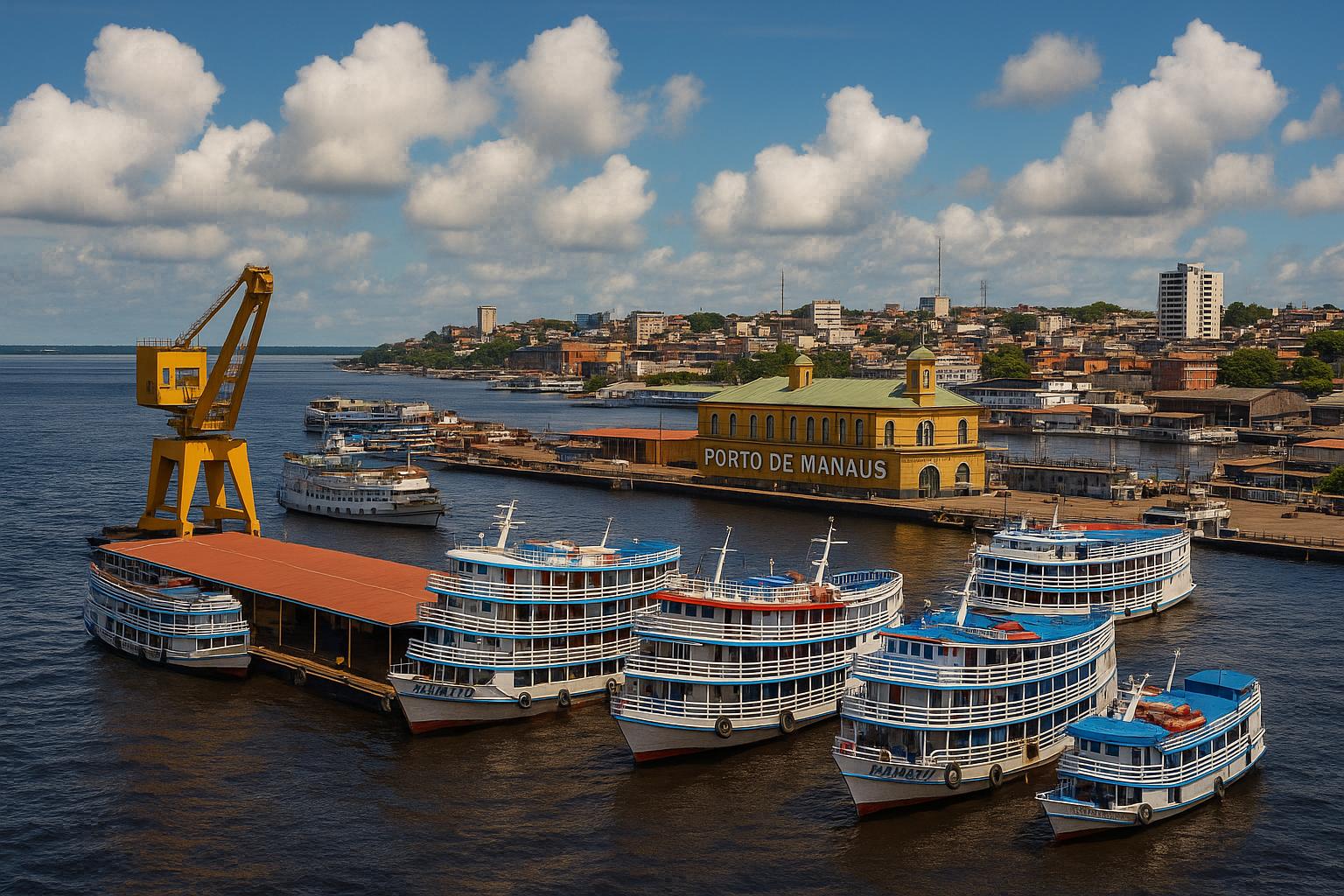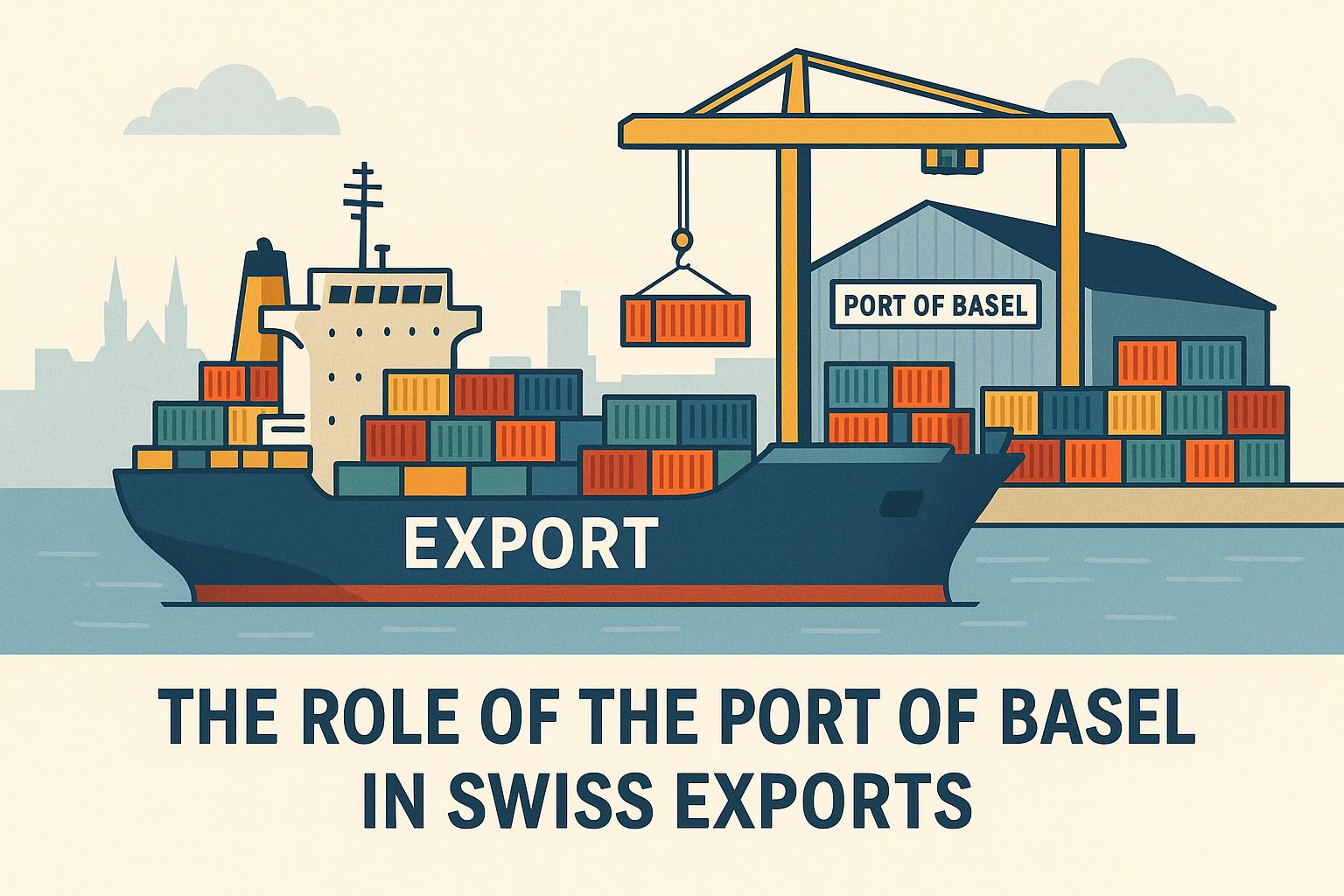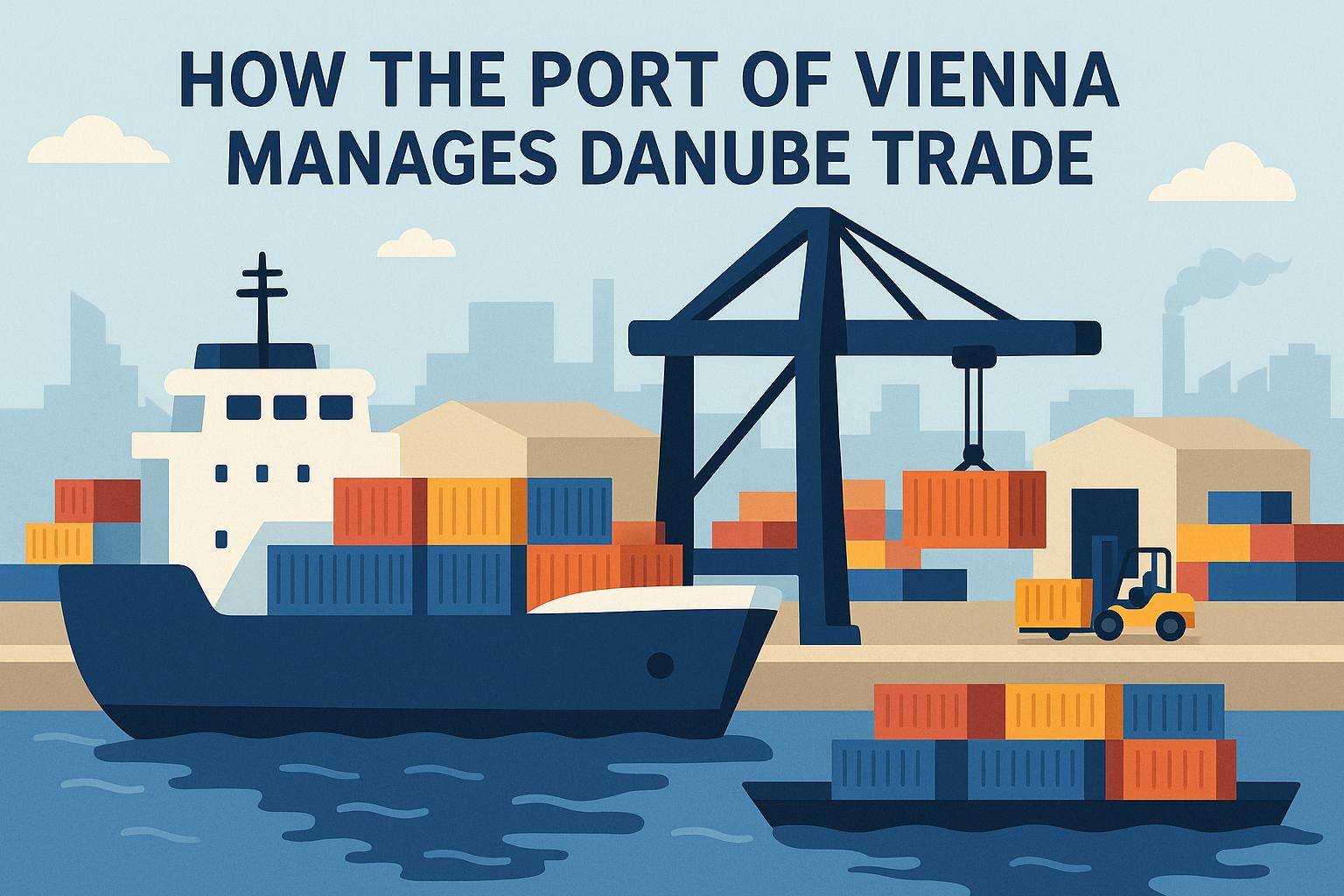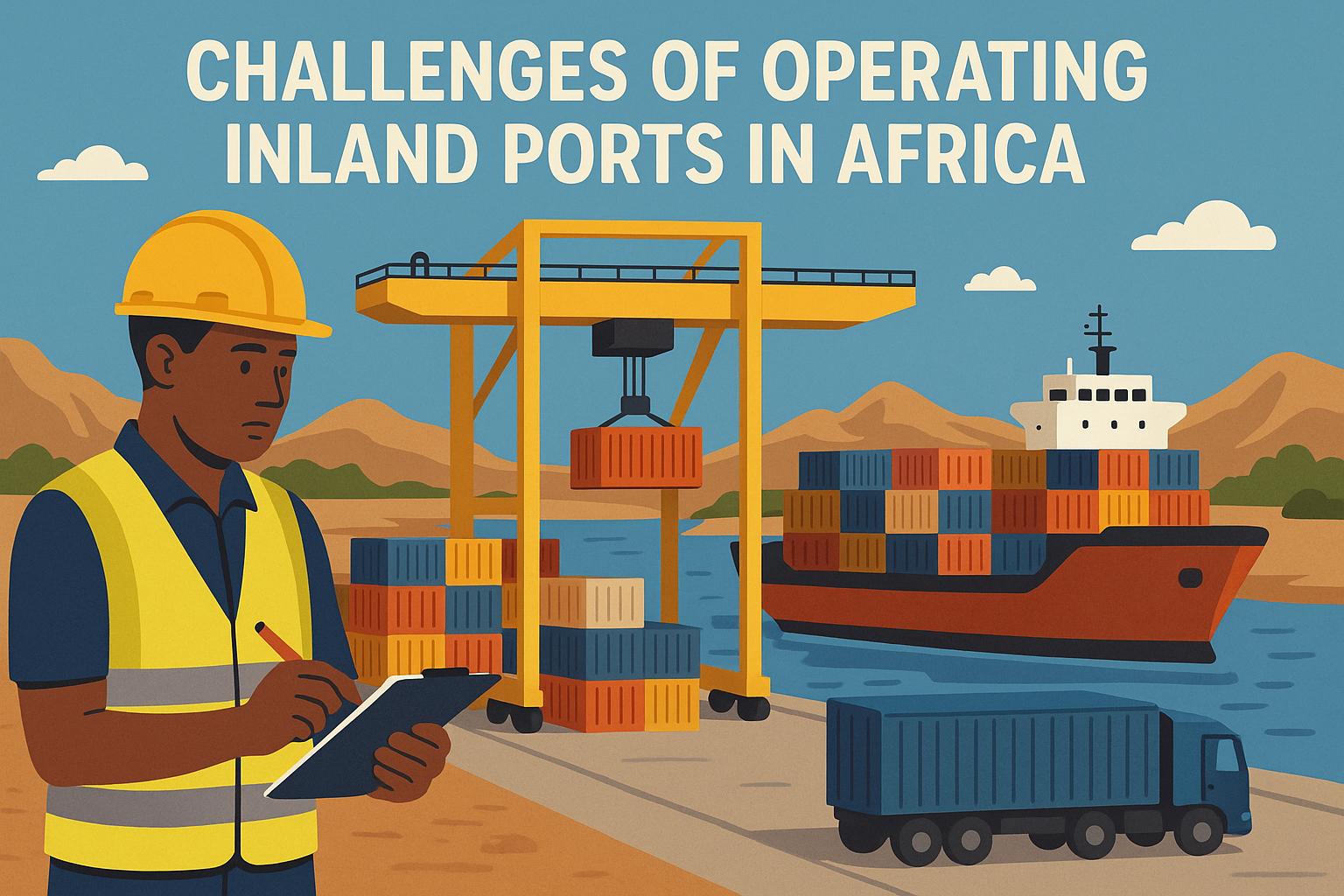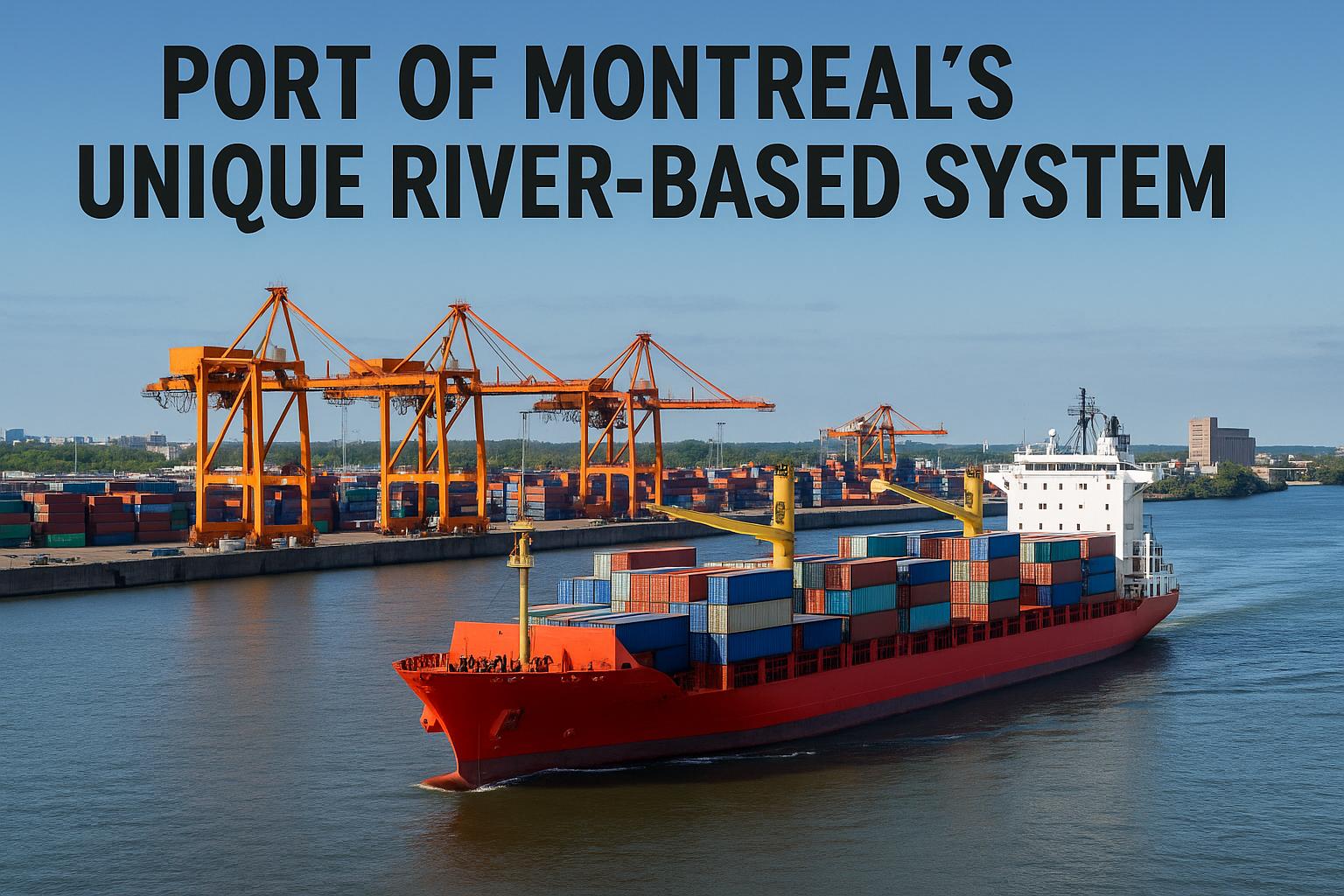Overview of the Port of Manaus
The Port of Manaus, located in the heart of the Amazon rainforest, serves as a vital hub for transportation and commerce in Brazil. Positioned on the banks of the Rio Negro, which is a significant tributary of the expansive Amazon River, this river port acts as a crucial gateway for goods and passengers traveling into and out of the expansive Amazon region. Given the challenging logistics posed by the dense jungle surroundings, the port plays an indispensable role in linking remote areas to the rest of Brazil and beyond. Its strategic location ensures that it remains a pivotal point of entry and exit for various forms of trade and travel.
Historical Significance
The origins of the Port of Manaus can be traced back to the late 19th century. It was during this period, marked by the rubber boom, that the region witnessed an era of substantial economic growth. The global demand for rubber increased significantly, catalyzing Manaus’s emergence as a thriving commercial and cultural center. The port played an instrumental role in this transformation by facilitating the export of rubber while concurrently supporting the import of vital goods required for the burgeoning infrastructure of the city. This historical context underscores the port’s longstanding importance, both to the city itself and to the wider Amazon region. Indeed, the economic activities centered around the port fundamentally shaped the development of Manaus into what it is today.
Modern Infrastructure
Today, the Port of Manaus is equipped with modern infrastructure capable of accommodating both cargo and passenger vessels. The port complex contains multiple terminals designed to handle a diverse array of cargo types including agricultural products, industrial goods, and consumer items. This variety ensures that the port is a versatile facility capable of supporting a wide range of economic needs. Additionally, the port also serves as a docking point for cruise ships, drawing tourists keen on exploring the natural wonders of the Amazon rainforest. This dual function of supporting both commercial and recreational activities makes the port a multifaceted facility, blending industry with tourism.
Challenges and Opportunities
Operating a port in such a remote and unique location as the Amazon presents distinct challenges. One of the primary issues is the fluctuating water levels of the Amazon River. These levels can vary significantly due to seasonal rains, necessitating constant adaptation and advanced planning on the part of port operators. Moreover, there is an ongoing need to preserve the delicate Amazonian ecosystem. This concern requires that all port operations adhere to environmentally sustainable practices to minimize their ecological footprint.
Despite these challenges, the Port of Manaus offers substantial opportunities for economic development. The port not only underpins local economies by facilitating trade and commerce but also strengthens Brazil’s trade connections with other countries. The continued modernization of its facilities is expected to expand its capacity, efficiency, and technological edge, further promoting economic integration and growth. Such developments will likely draw more international business and increase the throughput of goods, enhancing its standing on the global stage.
Conclusion
In conclusion, the Port of Manaus occupies a critical position within the Amazon region. Its historical roots, coupled with its modern capabilities, highlight its importance as a key logistical and trading hub in this bio-diverse area. While challenges such as environmental concerns and fluctuating water levels persist, the port is well-equipped to capitalize on various economic opportunities. By doing so, it can further solidify its role as a linchpin of economic activity in one of the world’s most unique and ecologically significant regions. As it continues to modernize and expand, the Port of Manaus has the potential to further strengthen its influence, serving as a vital conduit for trade and cultural exchange in Brazil and beyond.
